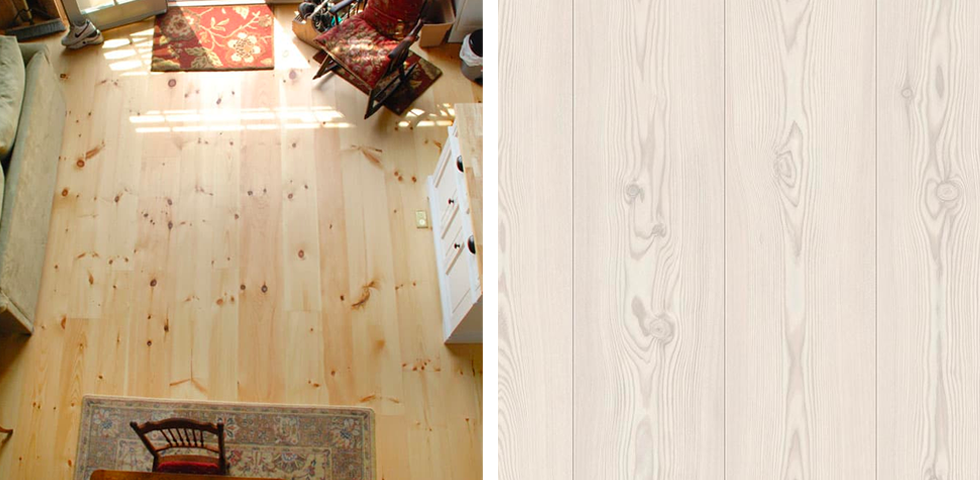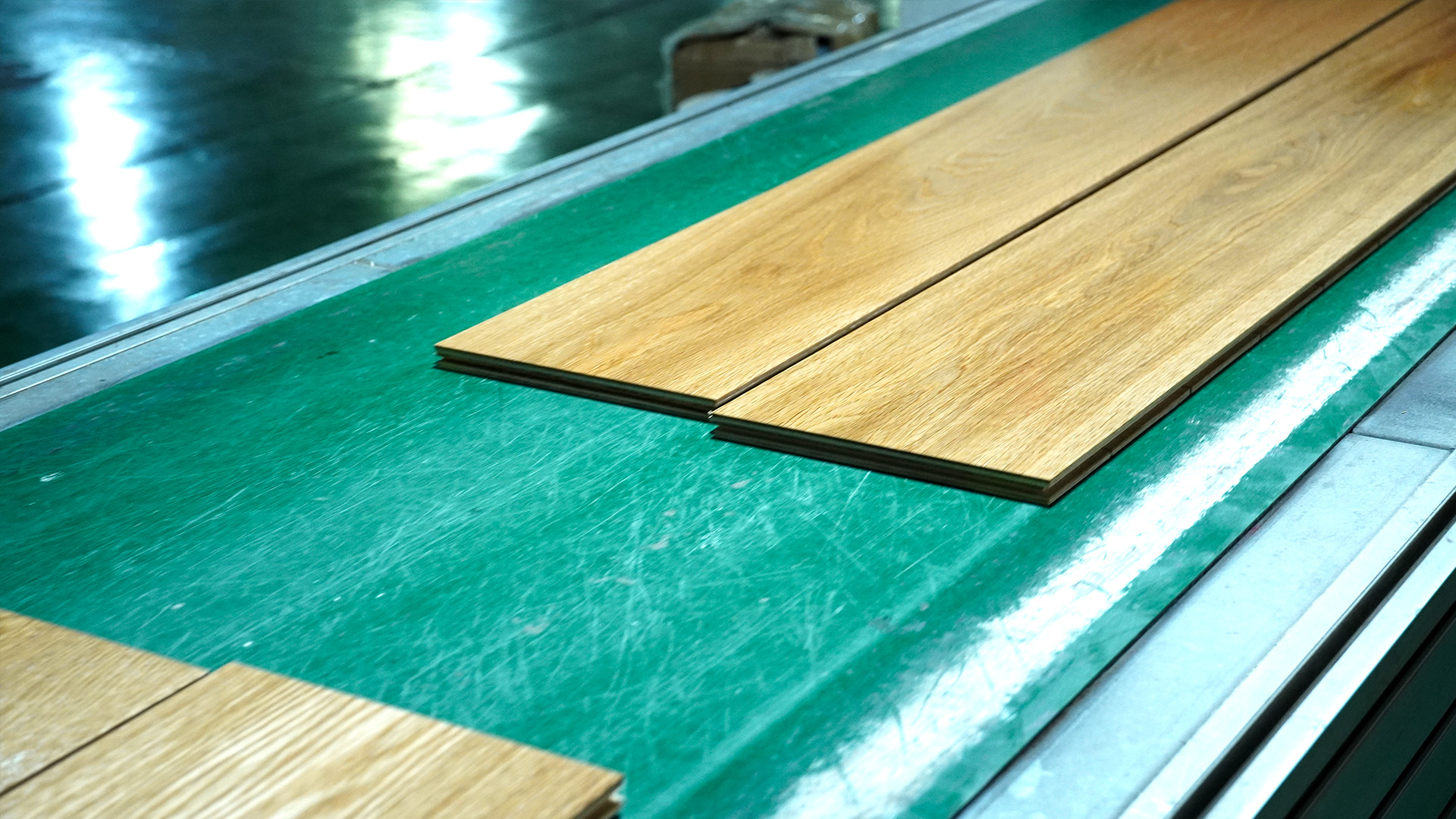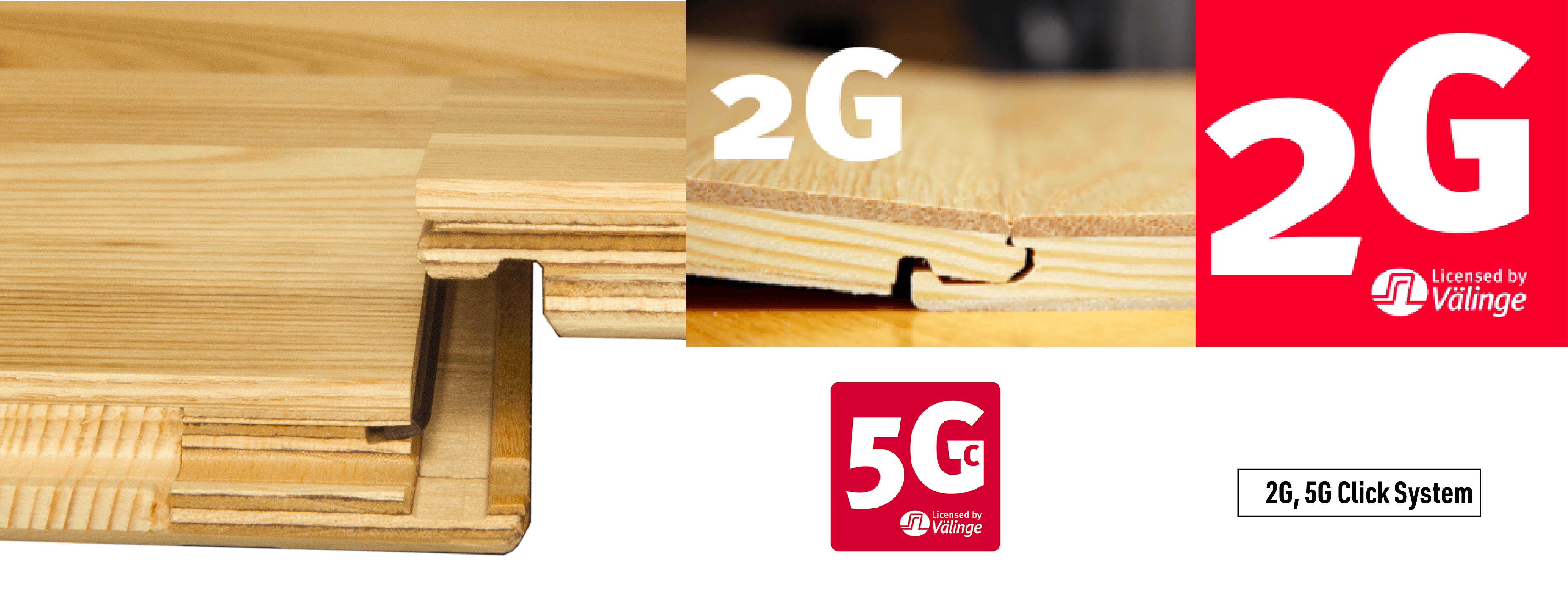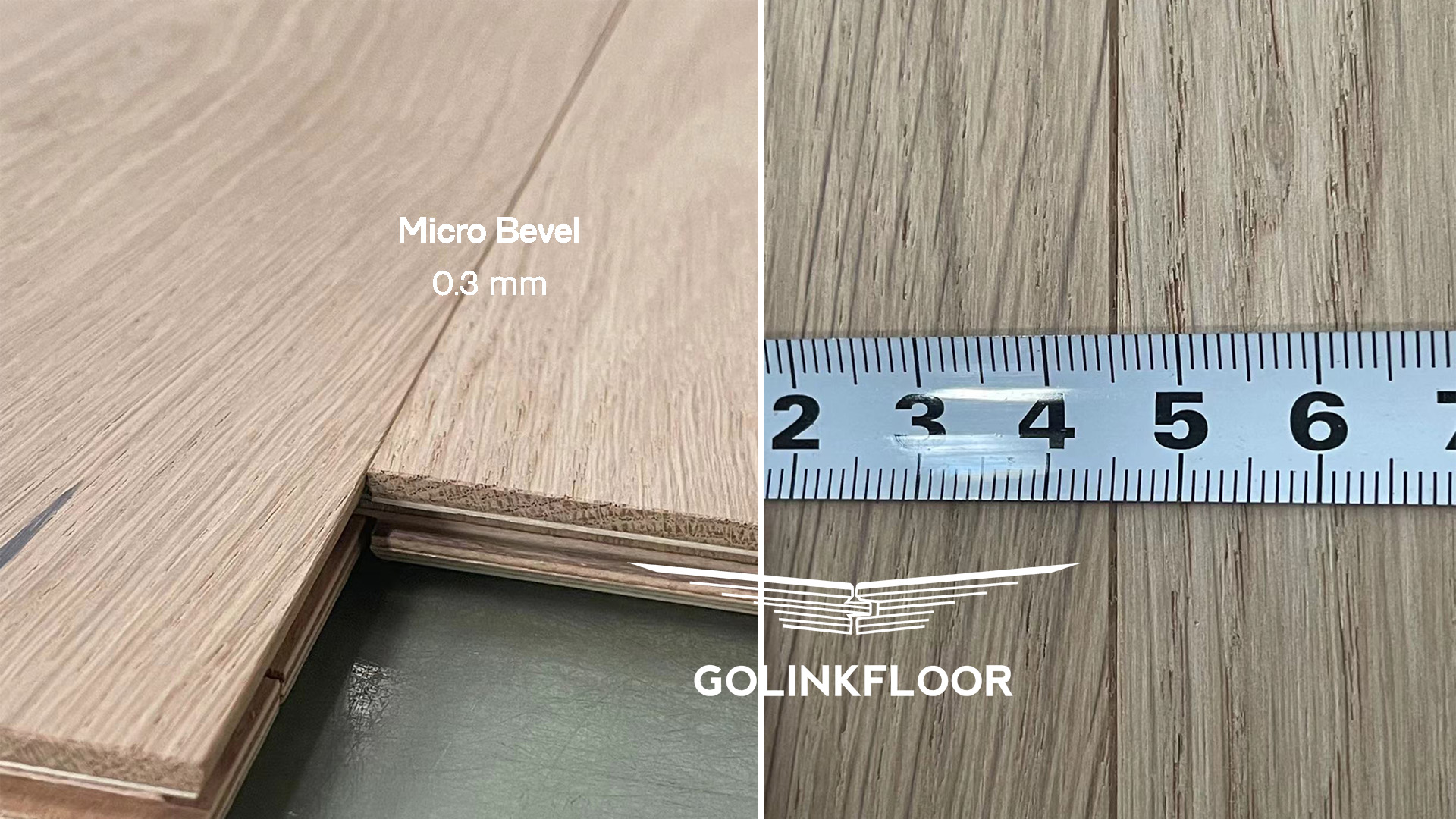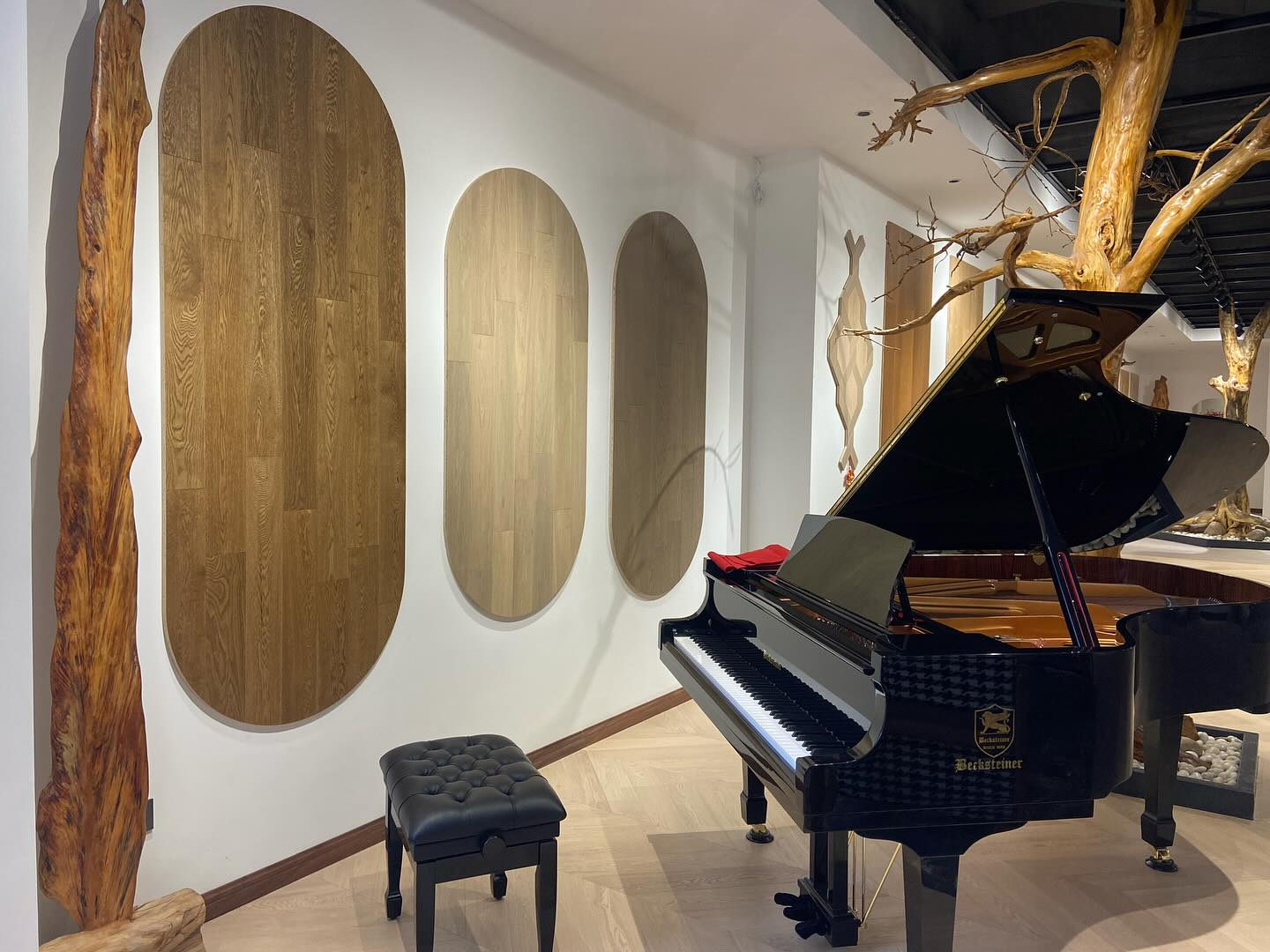
Every tree is unique. Wood’s character and appearance are reflected in the structure and color of the wood flooring. Let’s find out more about trees and types of wood that are used by hardwood flooring manufacturers and engineered wood flooring manufacturers.
Wood is a wonderful natural material that people have valued since immemorial time: wood lives, breathes and its unique in colors, structure and warm surface. Wood characteristics of unmistakably natural, natural grains make it really beautiful and give every home a cosy, warm ambience.
1. Oak – Steadfast and Versatile
Oak is an important deciduous tree in European forests and accordingly plays an important role in the timber industry. The most important species for the production of oak wood is the pedunculate oak, which is also known as summer oak or German oak.
Look: Oak wood has a gray-yellow to yellow-brown core that differs in color from the surrounding sapwood. The annual rings are clearly recognizable on oak wood and give it an even grain. It is characterized by very fine or broad rays. Oak can be used in many ways for hardwood and engineered wood floors and can create very different effects. For example, the local oak as smoked oak flooring is a sustainable alternative to dark woods from the distant tropics.
Use: real wood plank and whiskey barrel. Oak wood can last for several hundred years as a beam in a frame/half-timbered building. Oak wood is used for casks for storing wine, whiskey or sherry because of its resistance to moisture and its special aroma.
Traditions about the oak: Oaks have always symbolized steadfastness and strength, endurance and hardness as well as perseverance and patient maturing. Oak wood is said to preserve virtue and bring truth to light as well as help to build up new energy.

2. Walnut – Noble and Decorative
Walnut has been one of the most popular woods of all for centuries. The American walnut is found predominantly in Florida, Texas, Nebraska, Canada and Kansas as well as parts of Europe.
Look: With a height of up to 40 meters, the walnut tree reaches a diameter of up to three meters and is mostly free of knots.
The heartwood is dark brown to black-violet in color, while the sapwood is more grey-brown to light yellowish. The heartwood may darken slightly over time. Color and fiber deviations as well as the clearly visible annual rings make the wood particularly decorative.
Use: The wood of the American walnut tree, which is one of the most beautiful and precious types of wood, is used increasingly in furniture construction and for the production of wood flooring.
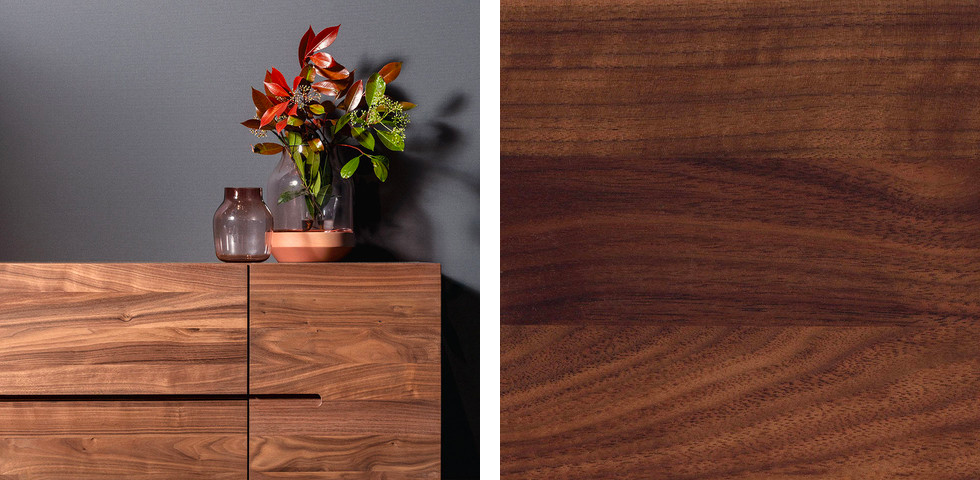
3. Acacia – deciduous North American
The acacia (Robinia pseudoacacia: black locust) belongs to the legume family and includes more than 1,200 species.
Wood properties of acacia : The wood is heavy and hard, with correspondingly good strength values that are significantly higher than those of oak . It is difficult to split, tough and elastic.
The wood of the acacia defies the harshest weather conditions for decades. Once dry, the wood is very durable. Tests have shown that the durability of acacia wood is over 80 years.
Usage – Outdoor Specialist: The acacia is the only wood cultivated in Europe that meets resistance class 1. The wood can also be used anywhere outdoors without impregnation.
Origin of the Acacia: The deciduous trees or shrubs originally come from North America. In the 17th century, the tree species came to Europe, where it was initially popular as an ornamental and avenue tree in parks and gardens. In the meantime, the acacia is also one of the wild species in Australia.
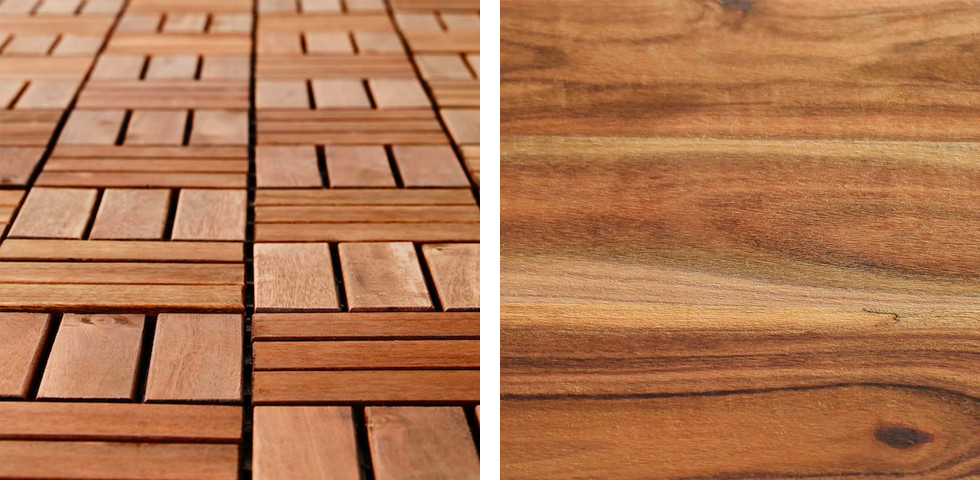
4. Hickory – deciduous North American
Hickory, (genus Carya), genus of about 18 species of deciduous timber and nut-producing trees of the walnut family (Juglandaceae). About 15 species of hickory are native to North America and 3 to eastern Asia.
Wood properties of Hickory: Hickory is among the hardest and strongest of woods native to the United States. On average, Hickory is denser, stiffer, and harder than either White Oak or Hard Maple. The wood is commonly used where strength or shock-resistance is important.
Usage – Outdoor and Indoor Specialist: At one time it was used significantly to make sporting goods like bats, tennis rackets, golf club shafts and skis. Today you will find hickory used to make many tool handles because it is very hard, very heavy, and very strong. Now hickory is used frequently when making hardwood flooring and cabinetry. It’s hardness and durability work well in those applications and its normal characteristics give it a rustic or country type appeal that is very popular with designers today.
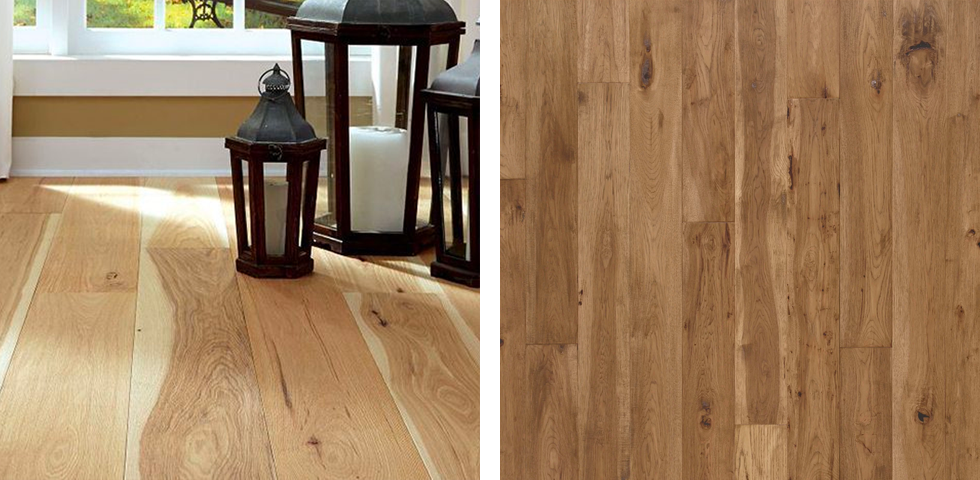
5. Maple – the harmonious type of wood
Maple wood is particularly rich in species and is widespread in Europe, Canada and America. The valuable hardwood is characterized by good processing quality and high resistance to wear and tear – good prerequisites for real wood flooring.
Appearance and Effect: Maple wood can have a different appearance depending on the species. Maple wood can be colored from very light – almost white – through light brown to a slightly reddish-grey tint. Canadian maple is yellowish-brown and significantly darker and harder than European maple.
Use of maple – wood and engineered wood floors and more: The light and fine-pored maple wood is suitable for smooth surfaces such as real wood flooring and stairs , paneling, furniture fronts and table tops.
Maple lore: Maple is considered a cheerful, happy wood . It should bring harmony into the house and unite opposites – for example male and female residents. Wood used to have a special protective function. Maple shoots were used to keep moles away from fields and wedges in doorsteps to keep witches and lightning strikes away from houses. The wood of the maple tree also stands for peace and serenity.
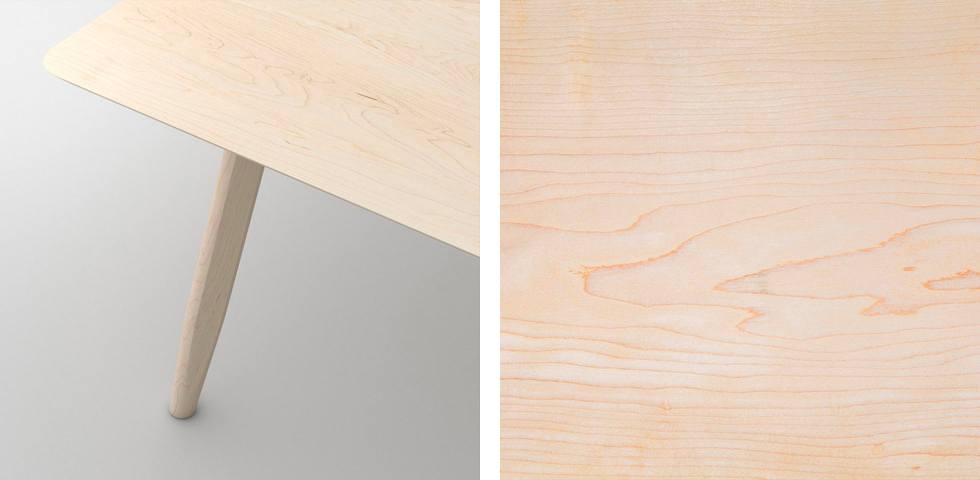
6. Teak – King of Woods
Teak wood is a dense, close-grained type of hardwood that is sourced from the Tectona grandis tree, native to south and southeast Asia.
Appearance and Effect: Teak is originally golden in color and has a smooth grain and texture. It’s high in natural oils and rubber, meaning it’s strong, durable, and virtually impervious to extreme weather conditions and rotting, even if left untreated.
Use of Teak: Ship and boatbuilding, veneer, furniture, exterior construction, carving, turnings, and other small wood objects.
Teak Advantages: Teak wood has great aesthetic appeal. Its rich golden brown attracts everyone and the color darkens over time. Teak wood furniture also feels great to the smooth touch. This smoothness is achieved due to its natural oily surface. Teak wood naturally decays and is termites resistant. Its heartwood is rated as highly durable wood. Therefore teak wood is widely used to make boats and boat bodies. Teak has a high oil content and extremely tight grains. Due to the natural oil on the surface of the wood, It does not allow moisture and water. So wood does not absorb moisture. Durability and stability are other great qualities of teak wood. Because of this, it is being liked a lot. Teakwood contains a high content of silica. Which protects the wood from the effects of weather and insects. The age of furniture made of teak wood is about 80- 100 years, If it is taken care of regularly then it is durable for even more years.
Teak Disadvantages: Teak is an expensive species. The reason for this being expensive is its high demand and slow growth. teak can only be harvested at a minimum age of 20-25 years. It is found in large quantities in some areas of Asia. Where its price may be slightly lower. But due to the high cost of transportation for another country, Its price increases. Teak wood needs maintenance (If you use it in outdoor applications and inclement weather, it needs regular maintenance. It all depends on the environment). So that its beauty remains intact. But still teak wood requires less care than many other hardwood species. Working with all hardwood lumber is not easy. Especially wood that has a high density. Due to the high density and hardness of teak wood. It can be a bit difficult to work with them. Curving also requires sharp-edged tools. Sometimes pre-drilling is required for the nail and screw.
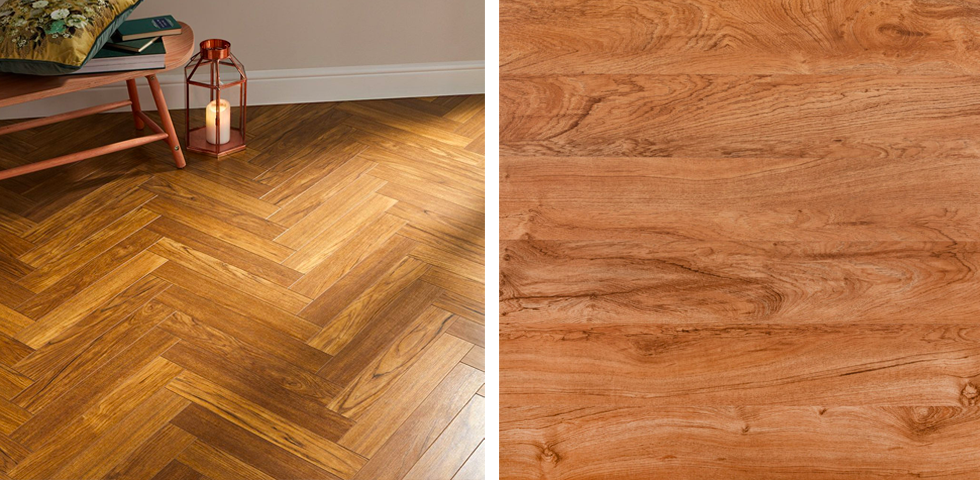
7. Ash – Symbol of Life
Like the maple, the ash belongs to the class of hardwoods. Ash wood is a light-colored, very solid and elastic wood with a distinctive grain.
Appearance and Use: The wood is light and has large pores. It is particularly suitable for staining, i.e. coloring. Its elasticity properties combined with its hardness make ash a popular wood for sports equipment and tool handles (hammers, axes, shovels). Ash wood is particularly suitable for floorboards and parquet flooring due to its resistance to wear and tear.
Traditions about the ash: The name of the ash can be traced back to the Germanic language: “Ask” means something like spear or bow. Names such as bow tree, goat tree or wound tree indicate the numerous uses of the wood. The ash is a symbol of life, strength and proximity to heaven – in the Germanic Edda legend, the world ash “Yggdrasil” as the center of the universe harbors all creatures.
Ash wood is said to have powers to ward off evil. Its juice is said to protect against snake bites and its wood to stop bleeding wounds when it is sewn into clothing. Even fishermen hoped for a special magic: boat elements made of ash wood should protect the occupants from drowning.
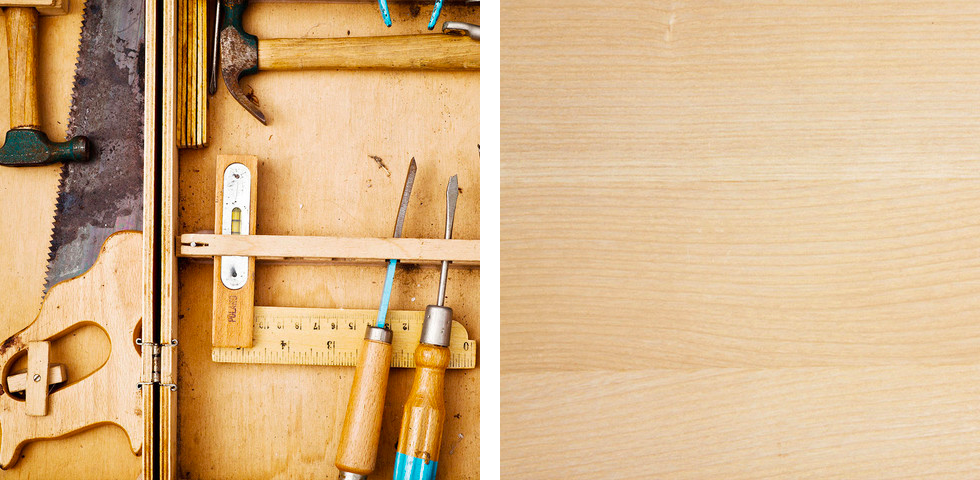
8. Larch
Larch, (genus Larix), any of about 10 to 12 species of coniferous trees constituting the genus Larix of the family Pinaceae, native to cool temperate and subarctic parts of the Northern Hemisphere. Larch is a deciduous conifer that grows fast in cold climates. The colour of its heartwood is reddish brown. The sapwood is light-coloured. The timber is characterised by the strongly developed heartwood and summerwood parts. One of the central characteristics of this wood species is its better wear resistance compared with other softwood species. It is also more sensitive to variations in humidity and dryness than hardwood. The wood is very rot-resistant and resilient.
Appearance and Effect: Heartwood ranges from yellow to a reddish brown. Narrow sapwood is yellowish white and is clearly demarcated from the heartwood. Flat-sawn sections can exhibit a lot of character and interesting patterns in the growth rings. Knots are common but are usually small. Grain is generally straight. Texture is medium to coarse with a greasy or oily feel.
Use of Larch: As a flooring material, larch is significantly harder than other softwood. Its tightly grained look and beautiful, reddish-brown color are perfectly suited for many locations where a durable flooring with some character is desired. Larch flooring combines an amazing appearance with good wear resistance. Larch is not recommended for installation with underfloor heating, unless a relative humidity between 40–60 RH can be constantly guaranteed. In drier conditions, cracks may appear in the wood material in question. With this being considered, larch floor can also be installed with underfloor heating.
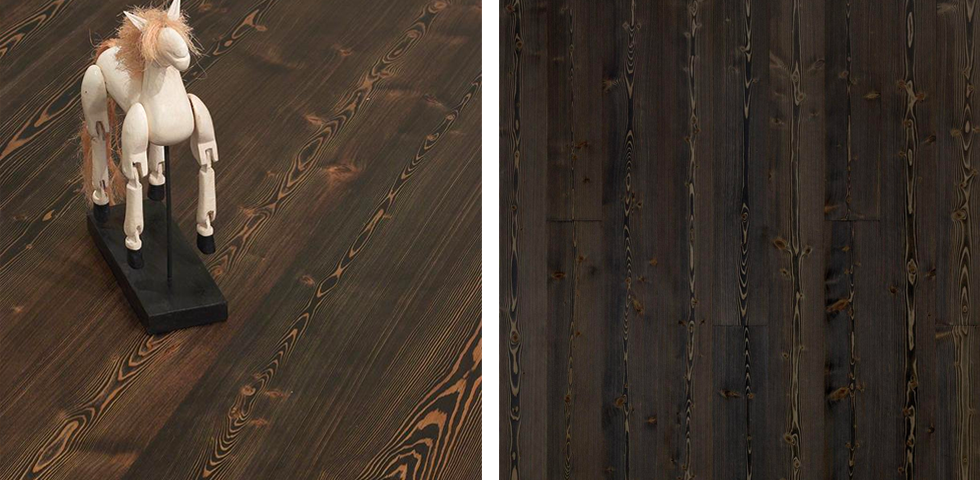
9. Cherry – red love fruit and type of wood for wooden flooring and engineered wood flooring, instruments and more
The cherry tree belongs to the rose family. In addition to being a fruit tree, the native tree species is also particularly important for the production of valuable wood.
Look: The early and rich flowering makes the cherry tree a feast for the eyes after a long winter and the ultimate bee plant. In autumn, their bright red leaves enrich the landscape. Cherry wood is a type of wood with a uniform structure , fine pores and dense fibres. The color of cherry wood ranges from a yellowish or reddish brown to an intense reddish brown.
Use – from flooring to inlays: Due to its attractive reddish-brown color, cherry wood is a popular furnishing wood and is also used in instrument making. Cherry wood was already used as furniture during the Baroque period. Today it is used as solid wood or veneer for sophisticated interior design. It is processed into (period) furniture, wall coverings or flooring and made into turned work or inlays.
Traditions about the cherry tree: The red fruits of the cherry tree are symbols of love, passion and beauty. Like all types of fruit, cherry wood is considered «feminine». It is closely associated with the cult of fertility. Cherry branches used to be placed in the living room on Barbara Day (December 4). Each branch represented the potential suitors of an indecisive girl. The branch that blossoms first should then point to the chosen one.

10. Pine – type of wood for wooden flooring and engineered wood flooring, paper, crafts and more
Pine wood is strong. It is a very stiff softwood with relatively high compressive strength, density, and bending strength than most other softwoods. Even though pine wood is stronger than many other softwoods, it is weaker than all the hardwoods.
Look: Pine’s heartwood tends to be a light brown color, sometimes with reddish undertones. While the sapwood is a white to pale yellow color. You will find some that have dark brown knots and streaks.
Use: Pine wood is strong and durable to use for making furniture, paneling, window frames, roofing, hardwood flooring and many other woodworks. It is used to make matchboxes, packaging boxes, paper and crafts,
Traditions about the pine tree: to many Native people, the pine tree is a symbol of wisdom and longevity. To others, its needles and sap are medicine that protects people from illnesses, witchcraft, and more. Some species have large seeds, called pine nuts, that are harvested and sold for cooking and baking.
